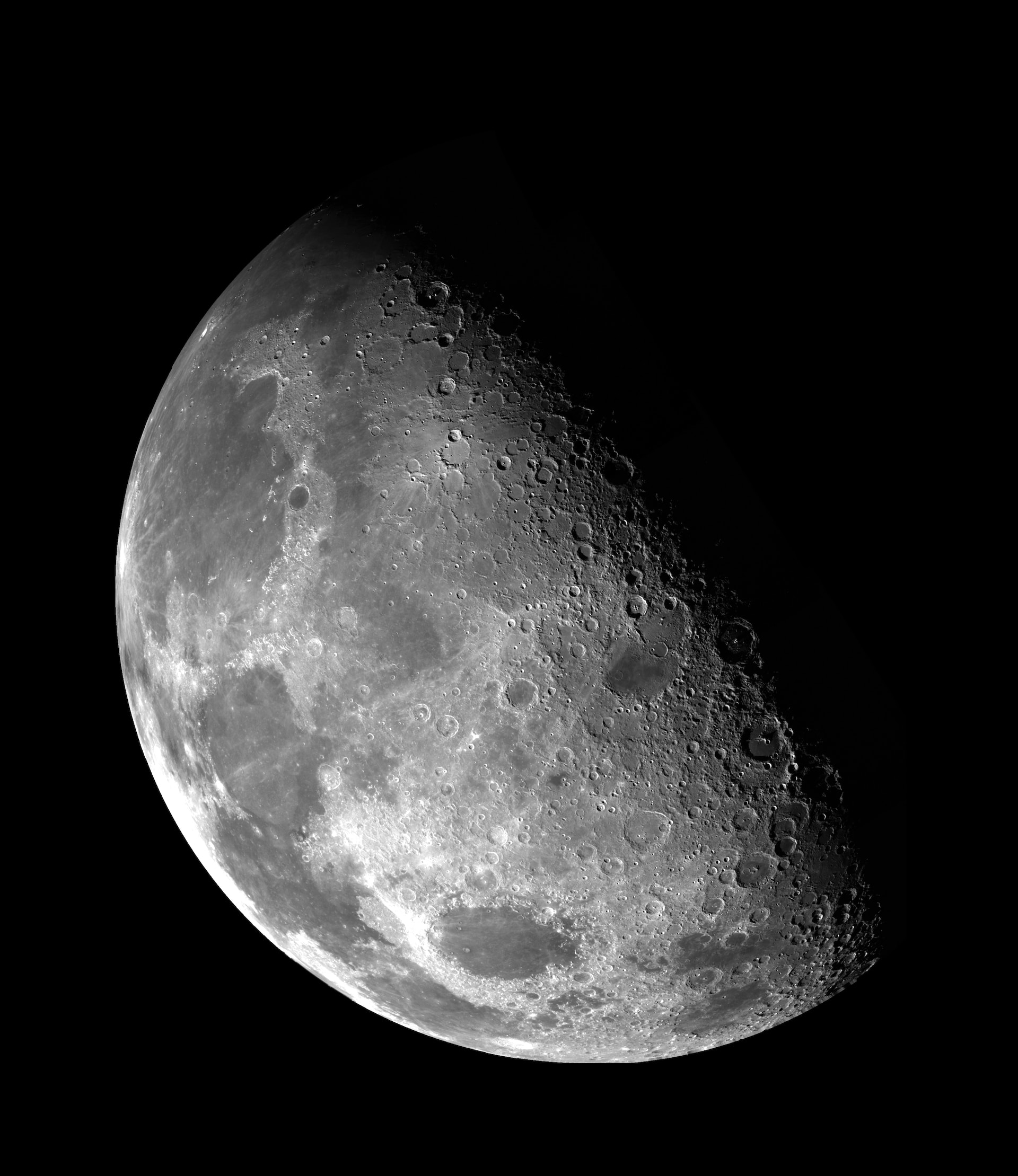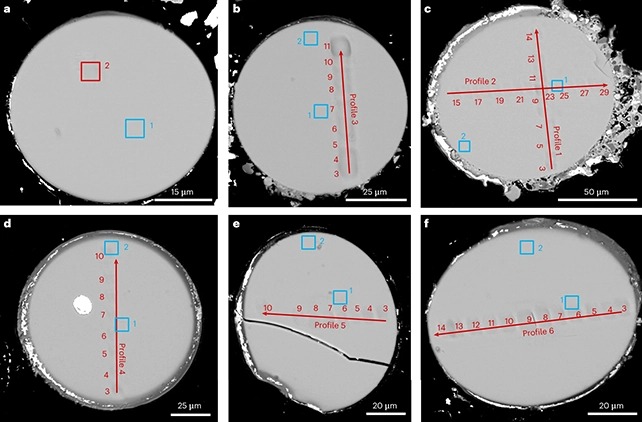Scientists have long learned that there is water on the Moon. But questions remain about how it has got there and where it is stored. In a new study, scientists from China have discovered tiny glass beads in the lunar soil that suggest potential places where water can be stored in huge quantities. How much is there? The researchers announce a possible 297.6 billion tons of water, which are in tiny glass beads.

The conclusions are based on samples brought from the Chinese mission of the Mars rover Chang’e-5. In December 2020, the spacecraft spent several weeks collecting material from the surface of the Moon, and we have already seen exciting new discoveries as a result of further analysis.
Microscopic glass beads are usually formed when asteroids crash into the surface of another object, resulting in the release of a large amount of energy and heat, melting the material, which is then cooled in the form of beads measuring only a few tens or hundreds of micrometers. Each glass bead is capable of holding up to 2000 micrograms (0.002 g) of water per gram of particle mass. Based on the analysis of hydration signatures, scientists believe that the beads can accumulate water in just a few years.

Past studies of the beads found in the Apollo lunar samples have helped to revise previous assumptions about the dryness of the Moon. Modern research shows that a significant part of the water on the Moon is formed by solar winds. Hydrogen ions from these streams of solar particles bind to oxygen, which is already stored in the lunar soil. The reservoir of formed water, potentially represented by these beads, may play an important role in the lunar water cycle, according to the researchers.
The discovery will greatly help future colonists on the Moon. The opportunity to get a huge reservoir of water can make life on the surface of our natural moon for a long period of time much more comfortable.
Check out what you know about water in space?
The study is published in Nature Geoscience
Follow us on Twitter to get the most interesting space news in time
https://twitter.com/ust_magazine

